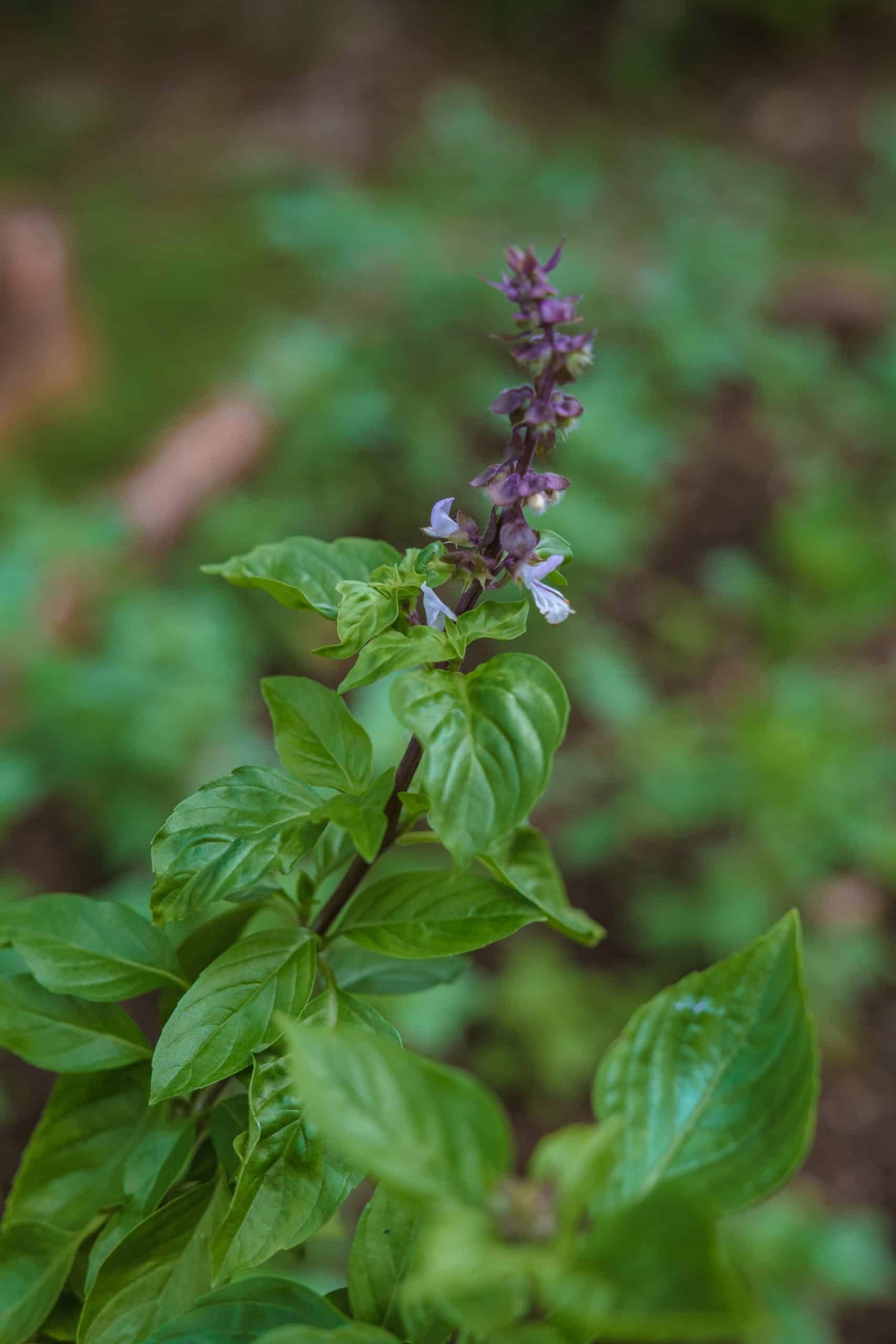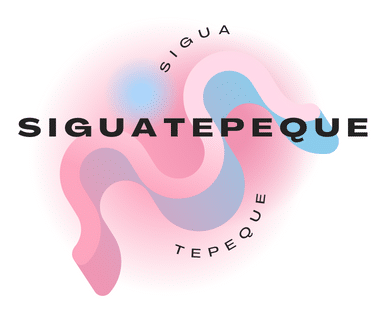What Are the Sustainable Alternatives to Single-Use Disposable Nappies?

Choosing the right kind of nappy for your baby can seem like a daunting task. There are countless options available in the market, and many factors to consider. However, an increasingly important factor for many new parents is the environmental impact of their choice. This is particularly relevant in the case of single-use disposable nappies, which can contribute significantly to the problem of plastic waste. In response to this, there has been a surge in the development of more sustainable alternatives. In this article, we will explore what these alternatives are, and how they compare to traditional disposable nappies.
How Sustainable Are Single-Use Nappies?
It’s important to first understand the environmental implications of using single-use nappies. This understanding will make it clear why sustainable alternatives are so necessary.
Also to read : How Can Phytoremediation Clean Up Contaminated Land in UK Urban Areas?
Single-use nappies, also known as disposable diapers, are incredibly convenient. They’re easy to put on, easy to take off, and can be thrown away after use with no need for cleaning. However, this convenience comes at a heavy environmental cost. Disposable nappies typically contain plastic materials that can take hundreds of years to decompose in a landfill. It’s estimated that around 3 billion nappies are thrown away every year in the UK alone. This amounts to an enormous volume of waste that is not only bad for the environment, but also costly to dispose of.
Eco-Friendly Disposable Nappies
Thankfully, there are more eco-friendly disposable options available for those who value the convenience of single-use nappies but want to reduce their environmental impact.
Also read : Expert reupholstery services in london for timeless furniture revival
Eco-friendly disposable nappies are usually made from biodegradable materials such as bamboo or corn starch, which break down more quickly than the plastic found in traditional disposable nappies. Some brands also avoid the use of harmful chemicals in their production process, which can lead to a diaper that is not only better for the environment, but also gentler on your baby’s skin.
However, while these nappies are a step in the right direction, they still produce waste that needs to be disposed of. Even biodegradable materials take time to break down, and the process can release harmful gases if not properly managed. Therefore, while eco-friendly disposable nappies are a better choice than traditional disposables, they are not a perfect solution.
Reusable Nappies
A more sustainable alternative to disposable diapers is reusable nappies, also known as cloth diapers.
Cloth nappies are made from materials like cotton, bamboo, or hemp, which can be washed and reused multiple times. This means that rather than producing waste after every diaper change, you’re reusing the same materials over and over. This significantly reduces the amount of waste you produce and the demand for new materials.
Over the course of a baby’s diaper-wearing years, using cloth diapers can save thousands of disposable diapers from ending up in a landfill. However, it’s worth noting that cloth diapers do require more work than disposables. They need to be washed and dried after each use, and this can be time-consuming and require a significant amount of water and energy.
Despite this, many parents find the extra effort worthwhile for the environmental benefits. In addition, cloth diapers can be more cost-effective in the long run, as you’re not continually buying new disposables.
Nappy-Free Baby Rearing
Another eco-friendly approach to diapering is the nappy-free, or ‘elimination communication’, method.
This technique involves learning to understand your baby’s cues for when they need to eliminate, and responding by holding them over a toilet or other appropriate place. The goal is to reduce or eliminate the need for diapers altogether.
While this method requires a significant amount of attention and responsiveness from caregivers, it can be remarkably effective. Some parents who use elimination communication techniques report that their children become toilet trained much earlier than their peers.
Choose the Best Option for Your Family
In conclusion, there are several sustainable alternatives to single-use disposable nappies, each with its own benefits and drawbacks. It’s important to consider your own lifestyle, resources, and values when deciding which option is best for your family. Whether you choose eco-friendly disposables, cloth nappies, or opt for a nappy-free approach, you’re making a positive step towards reducing waste and protecting our planet’s future.
The Impact of Different Diapers on the Environment
In the quest for environmentally friendly diapers, it’s important to understand how different types of diapers contribute to the environmental impact. Disposable nappies, eco-friendly disposables, and cloth diapers all have their own environmental footprint.
Disposable diapers, as already mentioned, are predominantly made from plastic materials. These diapers end up in landfills and can take hundreds of years to decompose, releasing harmful gases into the atmosphere in the process. In contrast, eco-friendly disposable nappies, like those by Eco Naty or Bambo Nature, are made from biodegradable materials such as cornstarch or bamboo. These diapers break down faster than traditional disposables, but still contribute to waste and potentially harmful gas emissions.
Cloth nappies, on the other hand, are reusable and made from materials like organic cotton or bamboo. These nappies can be washed and reused, significantly reducing the amount of waste generated. However, the life cycle of cloth diapers also includes the water and energy used for washing and drying, which also impacts the environment.
One brand that stands out for its commitment to sustainability is Kit & Kin. Their eco-friendly diapers are made from plant-based materials and are specially designed to decompose faster. Additionally, they have implemented a circular economy approach by offering a return service for used diapers to be composted.
Yet, choosing environmentally friendly diapers does not only mean selecting a type. It also involves being mindful of how often you change your baby’s diaper and disposing of them responsibly.
Conclusion: A Step Towards a Sustainable Future
In essence, navigating the world of baby diapers involves making complex choices that can heavily influence the environmental impact. From traditional disposable nappies to cloth nappies, and even the nappy-free approach, each option presents its own set of challenges and environmental implications.
Companies like Kit & Kin, Eco Naty, and Bambo Nature are making strides in advancing the eco-friendly disposable nappies market, offering products with a reduced environmental footprint. Reusable cloth diapers, when managed effectively, can also significantly reduce waste over a baby’s diaper-wearing years. Alternatively, the elimination communication technique takes a different path, aiming to reduce or eliminate the use of diapers altogether.
Each family, taking into consideration their lifestyle, resources, and values, should decide on the approach that works best for them. Regardless of the path chosen, it is crucial to remember that every small step towards sustainability counts. Each eco-friendly diaper used, each cloth nappy washed and reused, contributes to the collective effort to reduce waste and minimize environmental harm.
By choosing sustainable alternatives to single-use disposable nappies, we are not only caring for our children but also paving the way towards a more sustainable future. After all, the choices we make today will shape the world that our children will inherit tomorrow.
